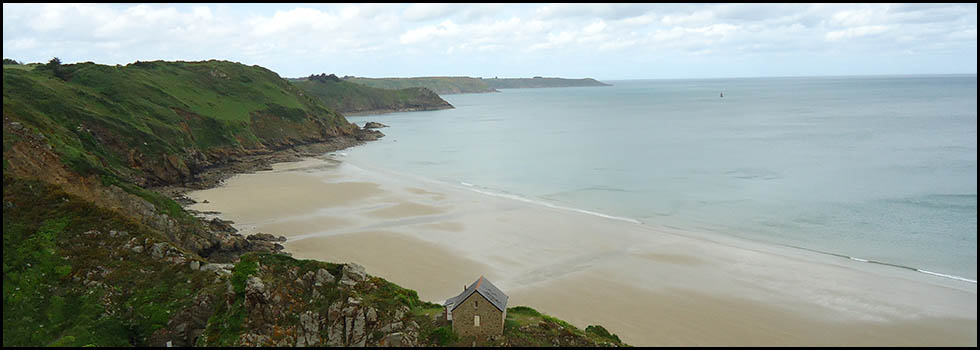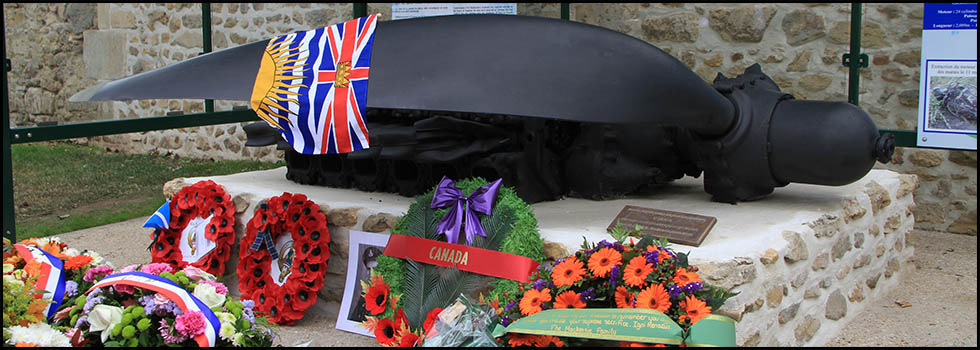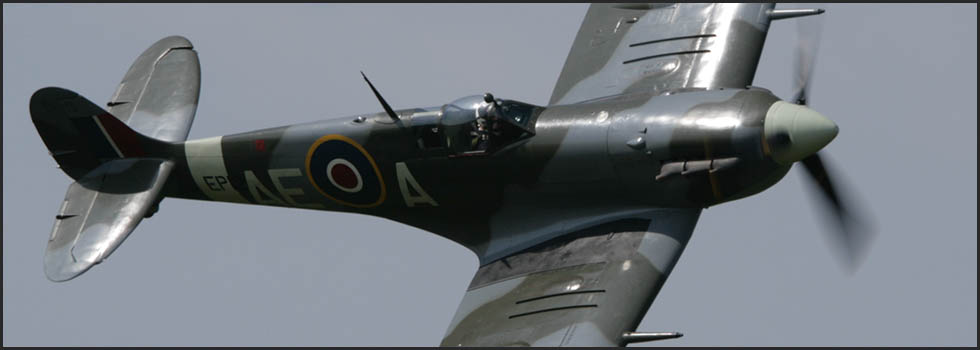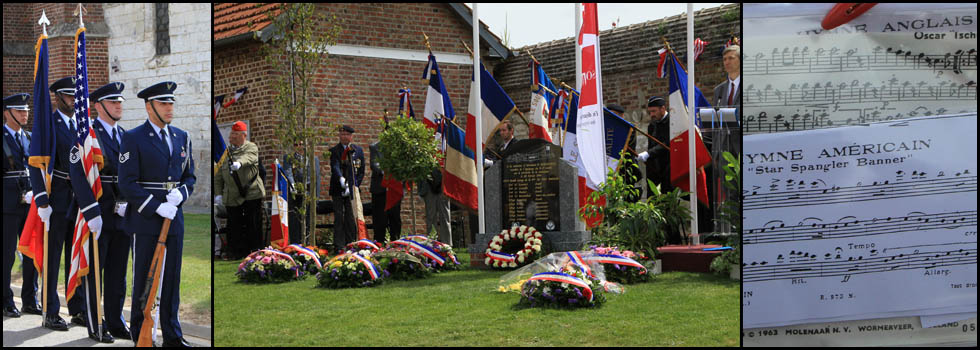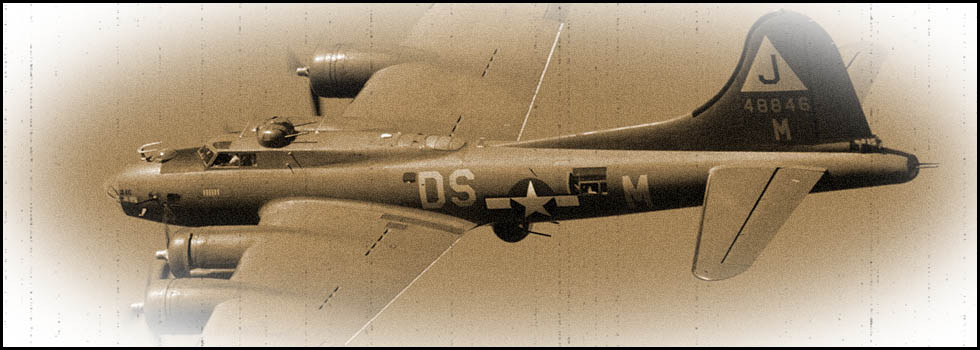10 September 2022
Ceremony in memory of the crew of the Short Stirling #259
RAF 218 Squadron
Crèvecœur-le-Grand (Oise)
Copyright © 2025 - Association des Sauveteurs d'Aviateurs Alliés- All rights reserved -
En français ![]()
The project of the Communauté de Communes de l'Oise Picarde and the Hauts-de-France Region to erect memorials in tribute to the airmen who fell during the Second World War, a project in which the ASAA-Oise is involved, came to fruition in the hamlet of La Houssoye, near Crèvecœur-le-Grand. A memorial was unveiled close from the crash site, near the "Bois de la Pipe" (Pipe Woods), in memory of the Australian and British crew of the Short Stirling of RAF 218 Squadron.
The crowd gathered around Mr. Aymeric Bourleau, mayor of the town, members of the town council, Mr. Olivier Paccaud, senator, Mr. Victor Habert-Dassault, member of parliament, and Ms. Nicole Cordier, departmental councilor, along with mayors of surrounding villages and veterans' associations, to pay tribute to these airmen who fell in this small corner of Picardy.
After the unveiling of the memorial and the laying of wreaths, followed by the Last Post and the Australian, British, and French national anthems, it was time for the various speeches, beginning with Mr. Aymeric Bourleau's, who recounted the history of the bomber's mission and its crew.
The floor was then given to Mr. Lurois, whose grandparents hosted one of the survivors, Sgt. Harold Wilson.
"...Anonymous individuals risked their lives to rescue these airmen before extracting them from France. It took courage and determination to resist the German occupation. On 1 May 1944, a four-engine aircraft took off from its base. Its destination was Chambly: a railway depot and repair center. It was shot down at "Le Bois de la Pipe" in La Houssoye. Four airmen were found dead, while four others were missing. One of them, Sergeant Wilson, had managed to parachute out. So it was that, one night, he knocked on the shutters of a house in Viefvillers, that of Paul and Marie Lurois, my grandparents, with whom my father, Charles, then 23, and four of my younger aunts and uncles lived. Without a second's hesitation, this Allied survivor was hidden in the attic of the house. The next morning, in Viefvillers, all the houses were searched. All except one: my grandparents'. Indeed, previously requisitioned, their house, specifically their veranda, served as a command post for German officers who parked their vehicles in the farmyard.
Thus, for four months, Harold Wilson lived in their attic with a small window overlooking the courtyard. To feed him, my grandmother would pass through this veranda, carrying a basket covered with a cloth, in order to take the stairs to the attic, right under the noses of the Germans. The actions of my grandparents and my father reflect the actions of hundreds of people across the department who saved airmen, civilians, and even persecuted children. Individuals, alone, or with the help of the "Alsace" network in Oise, created by Mr. Gilbert Thibault in Auneuil. Ordinary people who carried out extraordinary actions! I have one wish: that these commemorations continue, with the hope that future generations will remember the sacrifices of their elders in the name of freedom and democracy".

